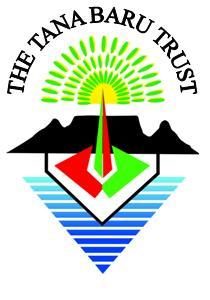
Here lies buried the child of Amaldien Rhode, a Muslim fisherman who resided at Burke Cottages in Woodstock.
The child died on Sunday the 17 th January 1886, two days after the Tana Baru was officially closed as a cemetery, against the wishes of the Muslim community, by the authorities.
That same afternoon, at two o’clock, 3 000 Muslims, led by Abdol Burns, marched in protest from Woodstock, along Sir Lowry Road, through Darling and Shortmarket Streets on their way to bury this child at the Tana Baru.
The closure of the Tana Baru touched the soul of every Muslim at that time. Such blatant interference in their religious practices was not going to be tolerated. The Tana Baru was dear to all and they were prepared “to die tothe man” to defend their right to bury at the Tana Baru. Such unity of action, before or since, had never been experienced by the Muslims of Cape Town. The uprising brought Cape Town to a standstill for three days. To restore law and order, an army of 1 200 men, the Corps of Volunteers, were called out but this did not stop the protest burials which continued at night on the Tana Baru.
On Wednesday the 20 th January 1886, Abdol Burns and twelve other Muslims were arrested, charged with causing a riot in Longmarket Street and imprisoned in the Roeland Street Jail. The “Malay Rioters Trial” was a long drawn out affair. On the 11 th March 1886, all the prisoners were found guilty and sentenced to two months imprisonment with hard labour.
Nevertheless, it demonstrated conclusively the sensitivity of the 19 th century Cape Muslim community to interference in their religion. The Tana Baru was to them a symbol of their religious freedom. The right to bury thereon was secured by their forefathers who sacrificed their lives for this privilege. This cemetery was to them a sacred institution, a monument to the early struggle for the establishment of Islam in this country.
